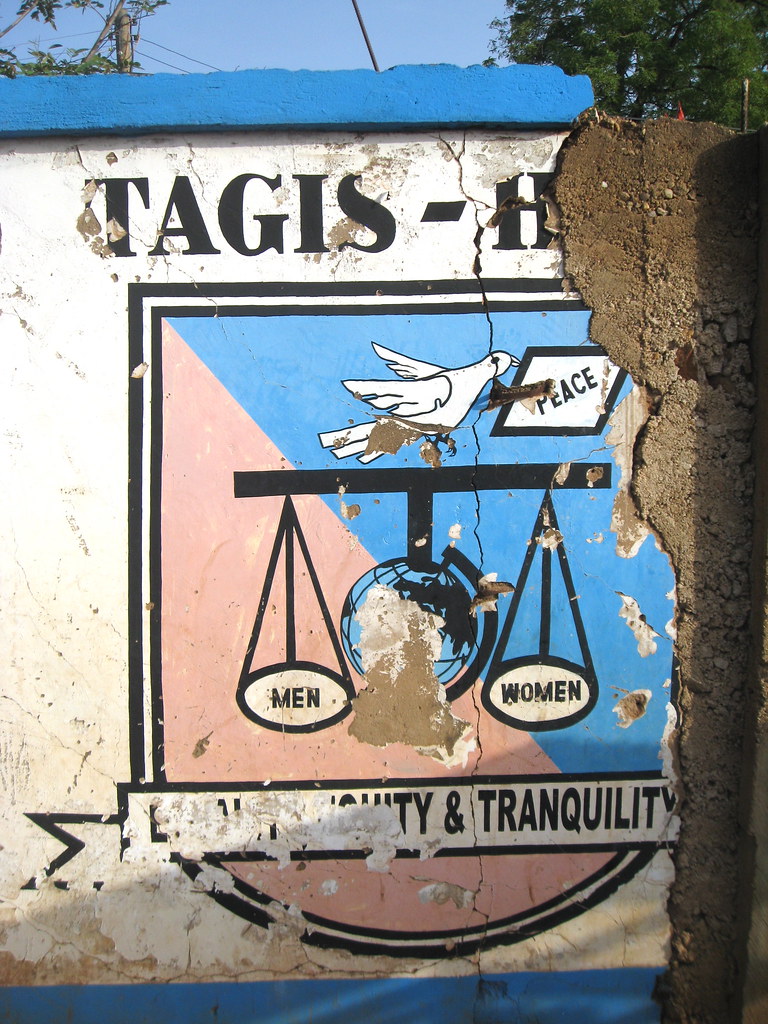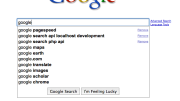Information cocoons
Nowadays people live in a society in the digital age. People are used to understanding or querying all kinds of information through the Internet. This can help people get information more quickly and help people stay in close contact with society and the world. But does the Internet really provide an opportunity for people to take a comprehensive view of society and the world? The emergence of information cocoons illustrates this problem. Information cocoons refers to the phenomenon that people’s attention in the field of information will be habitually guided by their own interests, so that people shackle their lives in a house like a cocoon. They only receive what they want to see or what the media platform wants them to see. On the Internet, people mainly view information consistent with their existing beliefs, preferences and interests, and some media platforms use personalized algorithms and content recommendation systems to promote this cocoon effect.
The relationship between information cocoons and sexism
Sunstein mentioned in his book #Republic that people show homogeneity in many areas (Sunstein,2018). This refers to a strong tendency for people to connect with others who are similar to themselves. This similarity refers to having the same gender, religious beliefs, political ideas, or interests. Similar people have similar ideas. People choose to look at the views of those who support their ideas. They get together to form an information cocoon in which they share their common views with each other. Therefore, the establishment of information cocoon is inseparable from the algorithm and the efforts of users themselves.
One of the most disturbing aspects of information cocoons is their potential to reinforce and perpetuate gender discrimination and gender stereotypes. Limit the progress of gender equality. Create gender antagonism in the Internet and society. Gender is a concept that has existed in the world since the birth of mankind and has been used to classify human groups. Girls and boys are two different groups, and their outlook on life and interests are also different. So they are isolated by information cocoons on the Internet. This isolation has led to the deepening of gender discrimination and antagonism on the Internet.
Information cocoons and gender stereotypes
Information cocoons play a role in strengthening gender stereotypes. When a person is often exposed to content that depicts stereotyped gender roles and behaviors, they are more likely to internalize these stereotypes into social norms. Such as Google search. Noble mentioned in his article that the automatic advice on Google search includes a series of sexist views. If people search for women on Google, they will find all kinds of sexist search results such as women cannot drive, women should not have rights, and women should do housework at home(Noble,2018). In fact, this is an information cocoon created by the Internet platform for users. The creators of the platform transmit gender stereotypes to users through search engines. Users can only see the information that has been filtered by the platform. Some users who do not have critical thinking and their own thinking are likely to be led in the wrong direction by these search results. If people are trapped in the information cocoon for a long time to come into contact with these wrong contents and do not see the views of the opposite side, this will lead people to regard them as common sense and social norms. Gender prejudices and stereotypes are thus deepened by information cocoons.
Information cocoons and gender inequality

“Gender Equality” by Rachel Strohm is licensed under CC BY-ND 2.0.
The information cocoon room restricts the development of gender equality. The formation of information cocoon is not only related to individuals, but also to the algorithm of the platform and personalized recommendation system. Many platforms require new users to fill in their gender when they sign up for an account for the first time, and then the platform recommends what they might like based on their gender. For example, the platform may recommend male users of e-sports games, cars, racing and other related content. The platform may recommend make-up, wear and other content for female users. This imperceptibly leads to a serious imbalance in the male-to-female ratio in some areas. In the field of e-sports games, a study shows that women account for only 35% of the total number of e-sports athletes(Rogstad,2022).The personalized recommendation system of the platform uses gender stereotypes to recommend different content to men and women respectively, which causes men and women to be wrapped in two information cocoons. Their views are constantly reinforced in the echo room of the information cocoon, and boys will think that the field of e-sports should belong to boys and be their specialty. And girls also know very little about the field of e-sports because they do not receive relevant information about e-sports, so few girls want to become e-sports athletes. Therefore, the male-to-female ratio of e-sports is seriously out of balance. Thus it can be seen that the development of gender equality is hindered by the information cocoon.
Information cocoons, gender antagonism and toxic group
Information cocoons incite gender antagonism and contribute to the formation of toxic groups. Information cocoons may lead to the formation of online communities that appeal to sexism. In these information cocoons, individuals with sexist beliefs come together and reinforce each other’s views. This helps to create an environment in which gender discrimination is normalized. People may make hate speech in this environment. This creates a gap between men and women. Recently, a video has been widely circulated on China’s Douyin platform. The man in this video finds that male and female users see different comments in the video comment area by comparing his Douyin with his girlfriend’s Douyin. In a video of a quarrel between men and women, male users saw a comment area where men were expressing their views. However, the comment area seen by female users is full of girls expressing their own views. This means that it is difficult for men and women to see each other’s views. When some women made misunderstood comments about men at the bottom of the video, male users could not refute and defend men because they were cut off by information cocoons. As a result, the prejudice and gap between men and women are getting deeper and deeper. In this perfect environment created by the information cocoon, some sexists can lead male users to hate women or female users to hate men. This may lead to a growing number of sexists. Toxic groups have become stronger with the help of information cocoons, and gender antagonism and prejudice have become more and more serious.
Conclusion
Information cocoon has an important influence on the development of gender discrimination. It can strengthen people’s stereotype of gender, hinder the development of gender equality, trigger gender antagonism and create toxic groups. People should improve their media literacy and look at problems critically in order to escape from the information cocoon.
References
Great Wall New Media(2023).Comments in the comment area change with gender.https://v.douyin.com/id82AFjq/
Noble,S.(2018). A society, searching.A society, searching (pp.15-63).NYU Press.
Rogstad, E.T. (2022) Gender in eSports research:a literature review. Routledge. https://doi.org/10.1080/16138171.2021.1930941
Sunstein, C. R. (2018). The Daily Me. In #Republic: Divided democracy in the age of Social Media (pp. 1–30).Princeton University Press.


Be the first to comment on "The influence of internet information cocoons on gender discrimination"